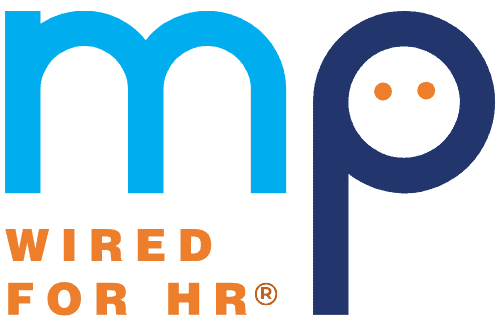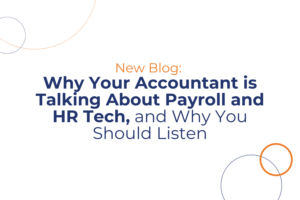
Payroll
Why Your Accountant is Talking About Payroll and HR Tech, and Why You Should Listen
Delegation injects fresh perspectives and fosters a culture of continuous learning, propelling your organization forward.

Delegation injects fresh perspectives and fosters a culture of continuous learning, propelling your organization forward.

Delegation injects fresh perspectives and fosters a culture of continuous learning, propelling your organization forward.
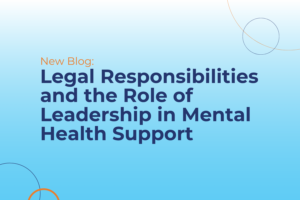
Delegation injects fresh perspectives and fosters a culture of continuous learning, propelling your organization forward.

Delegation injects fresh perspectives and fosters a culture of continuous learning, propelling your organization forward.
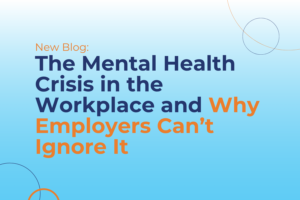
Delegation injects fresh perspectives and fosters a culture of continuous learning, propelling your organization forward.
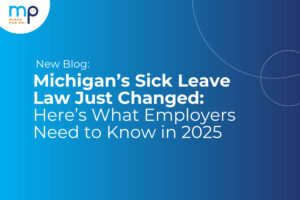
Delegation injects fresh perspectives and fosters a culture of continuous learning, propelling your organization forward.
